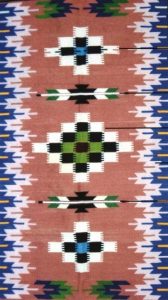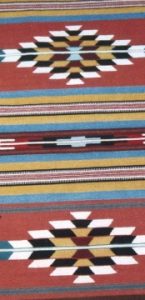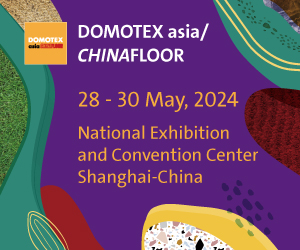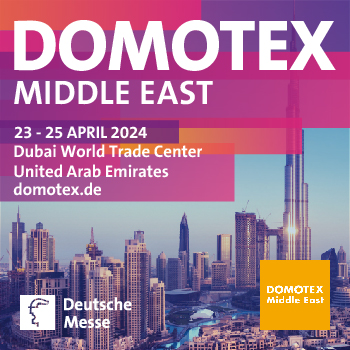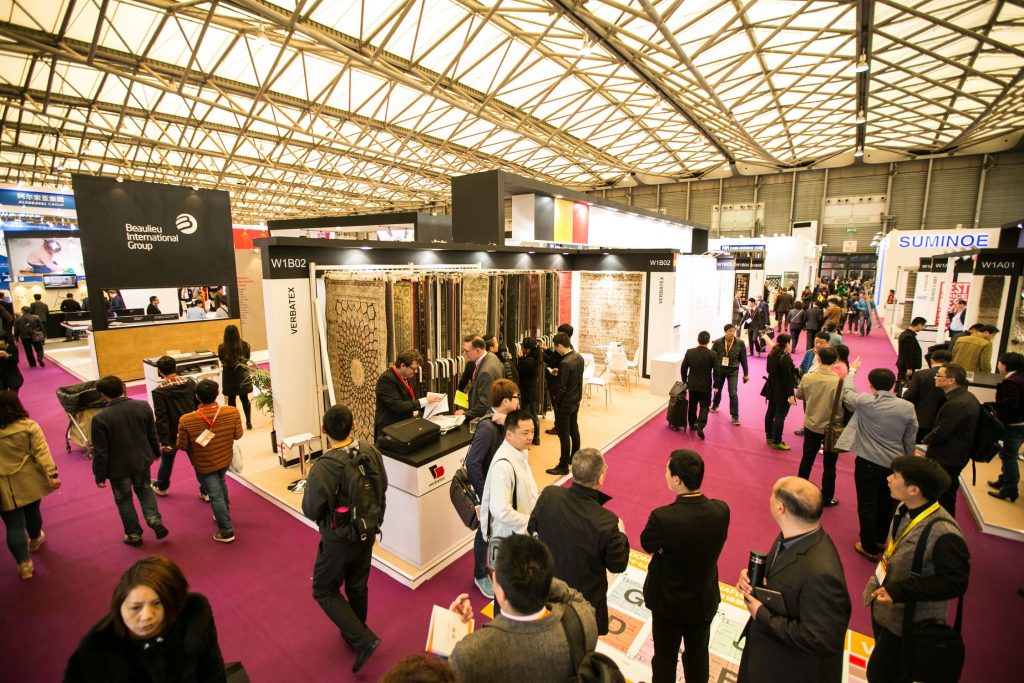
Prof. Dr. Nazan Avcıoğlu Kalebek Gaziantep University, Fine Art Faculty, Traditional Handicrafts Department, Rug Design Program
Rug Weaving
Handicrafts; it includes artistic products that reflect the cultural characteristics and values of a nation or a community from the past to the present. Handicrafts that arise for the needs of the society can be produced manually or with the help of simple tools, based on the knowledge and skills of individuals living in the society. The Turks who settled in Anatolia, which has thousands of years of history and hosted various civilisations, have created a rich synthesis by combining the values of many cultures with their own cultural values. Our country has a very rich variety of products in terms of handicrafts (such as tile making, coppersmithing, rug making, fabric weaving, marbling art, hemp weaving, stone doll making, quilt making, wood carving, etc.). It is known that Turks have been trying to convey their feelings and artistic ideas through various handicraft products for centuries. The products put forward through handicrafts are important because they reflect the level of socialisation and perception of the society, the characteristics of the period in which they are produced, and the history of societies. In addition, handicraft products are also important in terms of providing economic income, creating employment opportunities, utilising raw materials specific to the region, and ensuring the continuity of our traditions that emerged in the past.
Gaziantep, which is considered to be the oldest city in the world, located between Mesopotamia and the Mediterranean, where the first human community lived and the first civilisations developed, has been home to many civilisations since the First Age. Gaziantep has created a mosaic by combining traditional handicrafts with the cultural heritage of various civilisations from thousands of years of history with its own intrinsic value. Each different culture it has hosted has contributed to the enrichment of Gaziantep culture and the development of the city. Kilim weaving is one of the oldest cultural elements woven in Gaziantep.
Although it is not known exactly when rug weaving started in the Antep region; it is known that rug weaving started in the region with the yarns obtained by twisting the coarse parts of wool and wool with old methods. Antep kilim, whose raw materials are ox, camel, horse hair, sheep wool and goat hair, is coloured with natural and artificial dyes. Antep rugs woven on a loom called pit loom, which is emptied vertically 60-70 cm deep from the ground, differ from the rugs woven in different cities of Anatolia in terms of loom, shape, weaving styles and embroidery. Antep rugs, which are of great interest to tourists today, include pattern compositions such as baklava slice, haphap, Istanbul embroidered, finger belly, chain belly, bird wing, atom belly and wheel of fortune.
Natural dyeing, which started with weaving culture in history and developed together with it, has been applied by many civilisations in the world and has taken its place among the traditions of these civilisations. Looking at the history of natural dyeing, it is seen that it has reached advanced levels in India, China, Japan and Egypt. Natural dyeing, which has a deep-rooted tradition in Turks, started with the art of rugs and carpets and reached Anatolia with the developed migrations. The herbal diversity in Anatolia was synthesised with the knowledge, traditions and customs of previous civilisations and a strong Turkish Natural Dyeing culture was formed.
Traditional handicrafts are one of the areas where a society’s unique cultural characteristics, lifestyle, production-consumption stages and tastes can be observed concretely. Traditional handicrafts have been the identity of societies since their existence and provide a strong and important link between the past and the present. Traditional handicrafts have been a means of conveying the feelings and artistic tastes of societies in a great diversity for centuries. Factors such as the value judgements of the period in which they were produced, political tendencies in society, economic situation, religion, interpersonal organisation and relations, behaviours and attitudes of people, technical tools and equipment, skills, aesthetic point of view, world view, the form given to design products have influenced the formation of handicrafts. Objects and values of the past attract a lot of attention today because they are a source of meaning as historical and cultural symbols. However, since many of these handicrafts are not seen as a promising and income-generating profession by the public, it has been determined that some of these arts have sunk into oblivion or even forgotten. In order to keep the tradition alive, the measures listed below should be taken for Antep rugs.
What should be done?
- Handicrafts specific to the city of Gaziantep should first be promoted effectively in our country, and then brochures, catalogues, advertisements, etc. should be promoted in the international arena. These promotions should be web-based in order to reach many young talents.
- It is known that the handicraft masters in the region have difficulty in finding employees to work and journeymen or second generation relatives to transfer their work when the time comes. Therefore, vocational trainings on traditional handicrafts should be provided for the people of the region. These trainings and courses should be held within public education centres and universities.
- Departments of traditional handicrafts should be established within universities and scientific studies on handicrafts should be emphasised. In this context, businesses, public institutions and organisations and universities in the region should meet on a common ground and students should be supported to make professional practice.
- The works of institutions, organisations and individual artists working on traditional arts should be documented and protected.
- Traditional textile products should be transformed into today’s usage areas to ensure their survival. Thus, motifs, symbols and colour features reflecting the cultural identity will be kept alive by making new designs in the textile sector by taking the traditional structure as a theme.
________________________________________________________________________________


